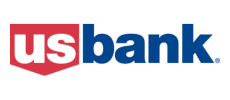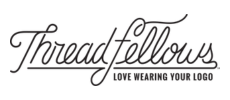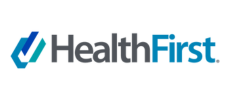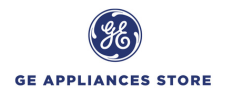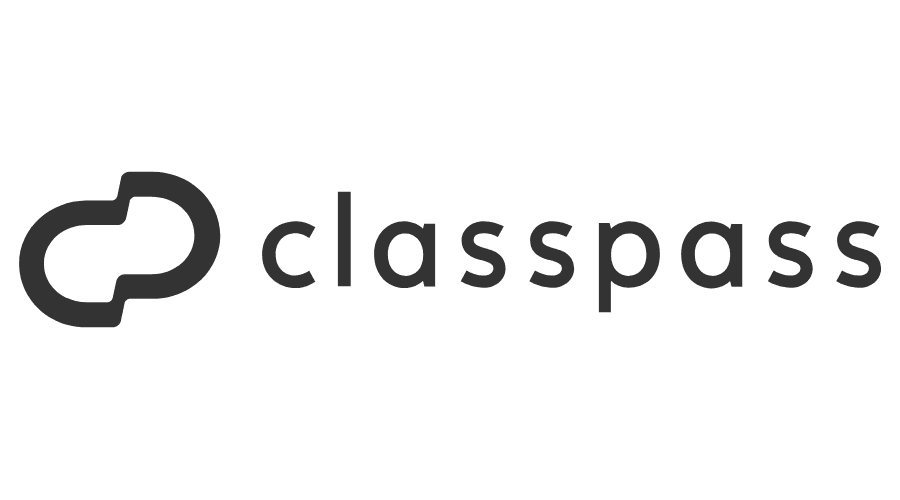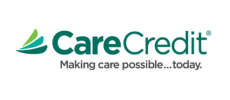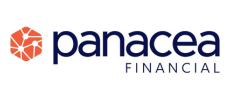FDA Issues Guidance on Recall Process
Per the notice below, the United States Food and Drug Administration (FDA) has issued guidance on its recall process for various products.
FDA 101: Product Recalls
What Is a Recall?
A recall is an action taken by a company to correct or remove from the market an FDA regulated product that violates U.S. laws and regulations. Recalls may be initiated voluntarily by a company, or at the request of the FDA. Recalls are important because they protect the public from products that may cause injury, illness or even death. More than 83,000 FDA regulated products were recalled between 2014 and 2024. Most recalls involve removing violative FDA regulated products from the market, but there are instances where a violation can be corrected without removing the products from distribution. For example:
- An MRI machine or other equipment may be too large to remove from a medical facility to correct a violation and the issue could be corrected on-site.
- Affixing updated labeling on a food product, prior to retail sale, to declare an ingredient previously not listed on the product’s labeling - such as wheat, milk or peanuts.
FDA-Regulated Products
- Human food products
- Animal food and feed
- Cosmetics
- Human drugs
- Animal drugs
- Medical devices
- Radiation-emitting products
- Vaccines
- Blood and blood products
- Transplantable human tissue
- Tobacco products
Common reasons a product may be recalled are:
- Manufacturing defects;
- Contamination with disease causing microorganisms such as Salmonella, E. coli, etc.;
- The presence of foreign objects such as broken glass, metal fragments, or plastic;
- Failure to list a major allergen;
- Failure to list a certain ingredient;
- Risk of erroneous results when a product is used as directed, e.g., diagnostic testing product results being inaccurate;
- Non-sterile product intended to be sterile;
- Adverse event reports;
- Software corrections or updates.
Where Can Consumers Find Information About Recalls?
Enforcement Report: The FDA provides the public a descriptive listing of each new recall and, if classified, sorted by the recall’s classification in the FDA’s Enforcement Report.
Subscribe: The FDA offers a recall subscription service where users can sign up to receive daily or weekly notification of all FDA recalls.
Public Warnings: are an effective way for companies or the FDA to alert the public that a product being recalled presents a serious health hazard. The FDA maintains a site, Recalls, Market Withdrawals, & Safety Alerts, of public warnings about certain recalls of FDA-regulated products. When a company announces a recall, market withdrawal, or safety alert, the FDA typically posts the company's announcement on its website as a public service. The FDA does not endorse either the product or the company.
Recalling Company: The company initiating the product removal or correction generally issues a recall notification to their direct distributors or customers. This notification contains information to help identify recalled products, such as the product description, brand or name; size and type of packaging; UPC (universal product code); other product codes, such as lot codes, sell-by dates, or use-by dates; pictures of the packaging and labels; and distribution information (e.g., the states and/or stores in which they were sold). The notification may also explain the reason for the recall and instruct the company’s direct customers what actions to take including notifying their customers if they have further distributed the product.
Other government agencies: A consolidated list of recalls from six federal agencies can be found at www.recalls.gov.
What Should Consumers Do if They Believe They Have a Recalled Product in Their Possession?
Follow recall notification instructions: Read the recall notice carefully and verify the product description such as brand name, packaging size, and codes such as expiration or best by dates to determine whether your product has been recalled. Be sure to follow any product-specific instructions. Additionally, contact the company for further information.
- Often, recalled products can be returned to the store where they were purchased.
- A medical device recall does not always mean that you must stop using the product or return it to the company. A recall sometimes means that the medical device needs to be checked, adjusted, or fixed. Contact your health care provider for additional guidance.
- If you cannot return a product, dispose of the product properly. If it’s contaminated, ensure it is in a secure container and place the item in a covered trash can or dumpster so no people or animals can access it. Be sure to follow your local disposal laws.
- Clean the area where the product was stored.
- Do not give the product to others, such as a food bank or a pet.
Product-specific information about recalls and enforcement actions can be found at FDA center webpages responsible for that product:
Center for Devices and Radiological Health
Center for Drug Evaluation and Research
Center for Veterinary Medicine
Center for Biologics Evaluation and Research
What Should Consumers Do if They Suspect an FDA Regulated Product Made Them or Their Pet Sick or Injured?
Consumers experiencing an illness, injury, allergic reaction, or other adverse event should contact their health care provider or veterinarian. Consumers can also report product issues to the FDA and the company that distributed the product. Consumers are encouraged to report issues involving FDA regulated products through FDA’s SmartHub. Additional guidance on how to report issues with products can be found here: https://www.safetyreporting.fda.gov/smarthub. FDA also encourages reporting by health professionals, patients, and consumers about a product via MedWatch -- The FDA Safety Information and Adverse Event Reporting Program. Reporting can be done online, by phone, or by submitting the MedWatch 3500 form by mail or fax. Visit the MedWatch How to Report page for more details. Recalls are put in place to keep you and your family safe. If you think you have a recalled product, don’t use it. Check the instructions and take action! If you feel sick after using a product, contact your doctor and report the issue to the FDA.




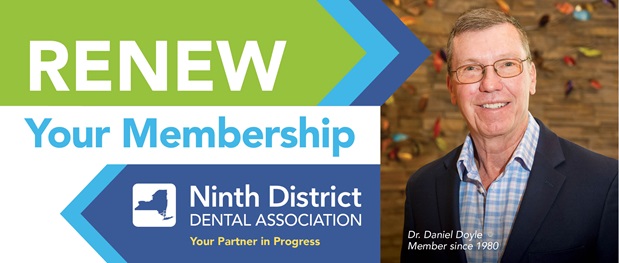



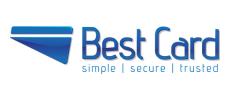

.png?sfvrsn=4447de7f_1)
